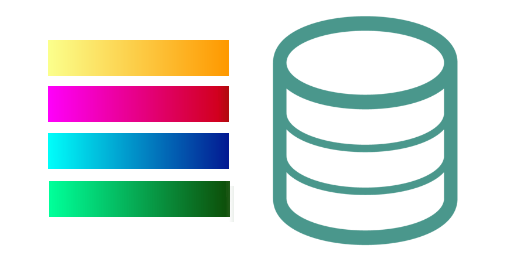The DBMS tool of Wellcode Software offers a comprehensive and extensive framework to automate the database changes in the life cycle of an application.
In the software development cycle continuously changes are made to the database, like
• new fields, tables, views, procedures, triggers, etc. are added,
• field lengths, field types, views or procedures, etc. get changed or or deleted
These changes must be executed in the next release cycle by the customer, who gets the new release of the application.
If this process is not automated, so manual update routines must be written for each database change. Here the problem begins. Constantly will either forget to write such routines or the routines are already outdated and forgotten. Some routines stop working in certain DB constellations, etc. Human errors are inevitable, the burden increases exponentially with every new version.
More complications raise when complex functions and views are used and permanently get changed or extended.
Addional, the database -as is- is completely decoupled from the source code, the question which state had the database at a given time, can not be traced. Some fuses and adjustments are necessary. The overview is hard to maintain.
Here the DBMS Tool of Wellcode Software intercepts itself in this part of the life cycle and largely automate the nesessary database updates.
• New objects are added
• existing objects are updated
• no longer valid objects are deleted.
Additional, custom actions can be assigned to the update routines of the DBMS Tool. For example, if the contents have to be extended in depending of adding a specific new column, a custom routine can hang itself in the update action and execute the nesessary work.
With the helf of the DBMS tool of Wellcode Software human errors are excluded when it comes to updating the databases.
The DBMS tool has a scripting function, which creates an executable sql script rather than executing the update directly on the database.
The DBMS tool exports the database structure in an XML file that can be stored in the application as either a file or a resource.
This rdbms structure definition can then be checked and managed in the source code repository. Thus a direct link is made with the database structure and the source code.
By shiping a new version of the program the exported DBMS structure is an integral part of the application, with its help the target databases can be updated, regardless of the state of the target databases.

